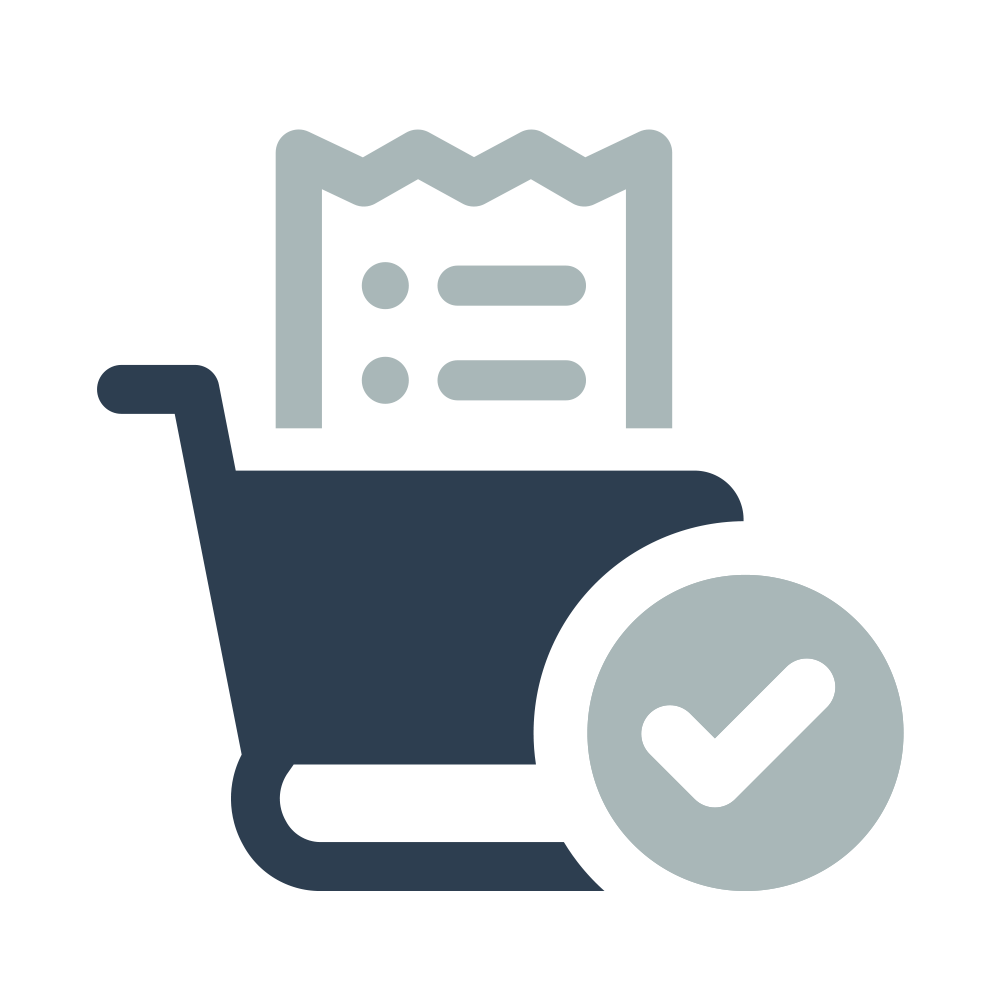Hands-on DNA testing can be one of the most engaging and memorable experiences for high school biology students. Whether extracting DNA from fruit or running gel electrophoresis, these experiments offer students a tangible connection to genetics and biotechnology. But as exciting as they are, these labs come with responsibilities—especially when it comes to safety, supervision, and ethical practices.
Here’s a practical guide for teachers looking to bring DNA testing into their classrooms safely and successfully.
✅ 1. Select the Right Lab Activity
Start simple and avoid ethically or legally sensitive materials. Good entry-level activities include:
-
DNA extraction from strawberries or bananas
-
Gel electrophoresis with pre-cut DNA and non-toxic dyes
-
PCR simulations using safe, classroom-friendly kits
🚫 Avoid human DNA testing unless your school has approved protocols and proper consent procedures in place.
🧪 2. Set Up a Safe Lab Environment
Follow BSL-1 (Biosafety Level 1) standards:
-
Require PPE: gloves, goggles, lab coats
-
Disinfect surfaces before and after the lab
-
Label all reagents clearly and store them properly
-
Use non-toxic alternatives (e.g., SYBR Safe instead of ethidium bromide)
A clean, well-organized lab promotes both safety and learning.
🧼 3. Teach Sterile Technique
Show students how to avoid contamination:
-
Use sterile pipettes and tubes
-
Handle containers carefully
-
Change gloves as needed
🧍♀️ Model first. Let students practice next. Good habits start with demonstration.
👨🏫 4. Supervise All Student Activities
Direct supervision is essential:
-
Monitor all use of samples, reagents, and equipment
-
Assist with electrophoresis setups or heating steps
-
Intervene quickly if unsafe behavior occurs
Hands-on learning should never mean hands-off teaching.
🗣️ 5. Conduct a Pre-Lab Safety Briefing
Before beginning the lab:
-
Review goals, materials, and procedures
-
Highlight potential hazards
-
Point out emergency equipment (eye wash, fire extinguisher, etc.)
-
Reinforce lab rules and expectations
🧾 Optional: Use a printed safety checklist or digital slide deck.
🧹 6. Clean Up Thoroughly
After the lab:
-
Collect and dispose of biological materials appropriately
-
Decontaminate surfaces and equipment
-
Ensure safe disposal of any chemical waste
-
Have students help with clean-up—it teaches responsibility
💬 7. End with Ethical & Scientific Reflection
Close the lesson with discussion:
-
What did the students observe?
-
What might have gone wrong—and why?
-
How does this relate to real-world science (forensics, healthcare, etc.)?
-
Why are ethics and safety just as important as accuracy?
This is a great time to connect the science to larger societal questions.
🧑🔬 Final Thought for Educators
DNA labs have the power to ignite curiosity and deepen understanding. With proper safety, structure, and support, these experiences can transform science education—one student at a time.
🧠 “Students won’t just remember what DNA is—they’ll remember holding it in their hands.”




